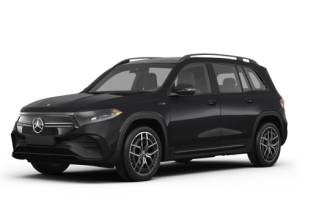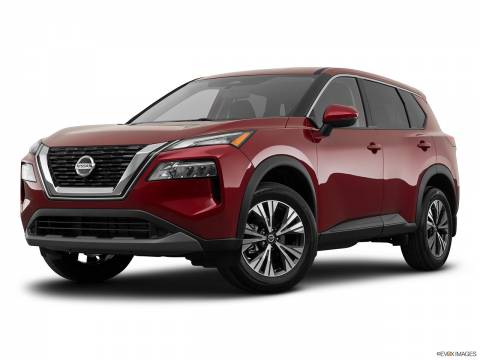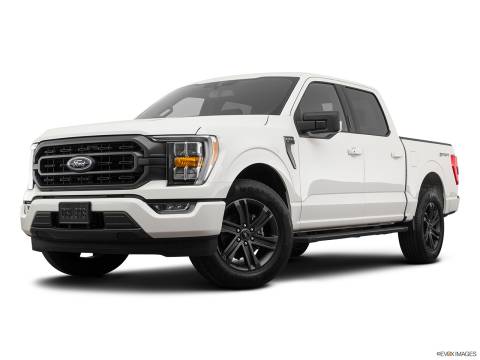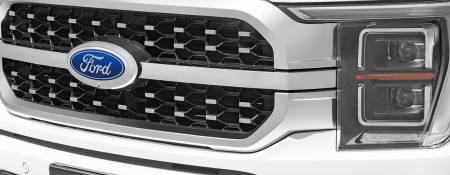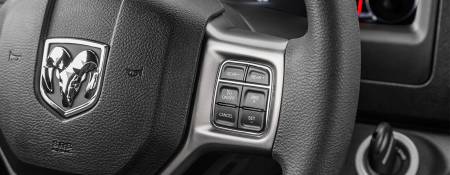And the inevitable is on the way. The Prairie Provinces have been receiving snow since late October, and now Central/Atlantic Canada has welcomed the first snowfall of the season.
The Winter Driver Checklist
Although this is not at all, a legal or a bit of final advice, it is a useful checklist of steps to keep in mind every year. While most Canadians agree that November is the worst month of the year, it is the month when you need to be ready for what's coming next: the winter season.
#1 - Winter Tires
Tires are the most important aspect of winter driving. It is useless to focus on any other of the points if you are not, at least, ready to roll out. Only on specific cases, where snow is not a big deal, such as Vancouver or Victoria Island, you will need a set of Winter Tires (or an All-Season one). Most Canadian provinces and territories require winter tires to be used on a specific time, usually from December 1st to April 1st.
I always schedule my tire change early in November. Although I have All-Season tires and somehow can deal with the early snowfalls, I still have these ready before mid-November. The following list of articles can help you have an idea of how to prepare for the change and some additional thoughts to purchase and store these:
- Winter is Coming: Schedule your Tire Change
- Is It Better to Invest in AWD or on Winter Tires?
- Acquiring a New Car During Winter with No Winter Tires
- Winter Tires: Better to Store Mounted
- Winter Tires in Canada: Should I Buy These at the Dealership?
#2 - Snow Shelters
Unless you park on the street, underground, or on a closed garage, chances are you may use a shelter. These are very handy for dealing with the winter and can either be purchased or leased from many local companies in your city.
On average, single-vehicle shelters costs between 300 and 700CAD, while one for two-vehicle costs about 500 and 1,000CAD, depending on the quality, the manufacturer, and the setup. When it comes to leasing it from a company, it usually comes down to 250CAD per year, including the installation and removal.
#3 - Switch to "Winter Driving"
Driving during winter isn't an automatic thing. Although your car may have a "snow mode," it doesn't mean it is all good and you are ready to press the gas. It is the same as if you were running holding a mug with coffee: you could literally go fast, but never as if your hands were empty. You psychologically prepare for it and then execute it under certain conditions.
Driving carefully, maintaining the distance, and having a reserve windshield washing gallon are just some of the sample things you need to keep in mind. If you want to learn more, I will encourage you to take a look at the following articles:
#4 - Snow removal Operations Awareness
Snow is a big deal. And it doesn't go away smoothly. It needs to be "moved" or more precisely: "removed." It is vital that you are aware of how snow removal operations work where you live and what options you have when a "30cm or more snowstorm" hits the area where you live.
The following articles of how I deal with Montreal snow removal operations can serve you as a useful guide of what to do anywhere in Canada:





